Understanding the Importance of Preparation
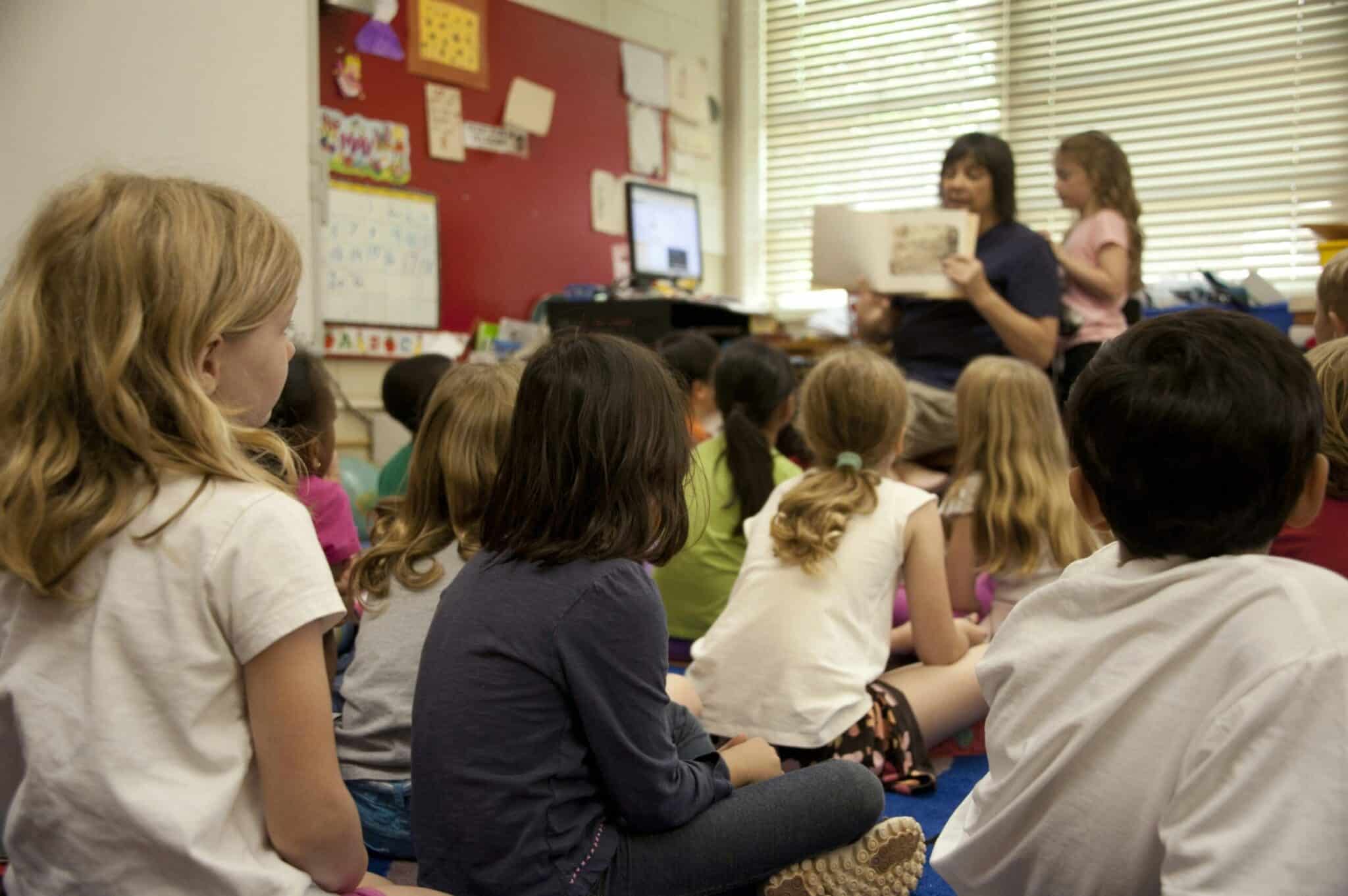
Preparation for the new school year is a fundamental aspect that can greatly influence a student’s academic journey. Research indicates that students who engage in preparation activities before the academic year commences are more likely to achieve higher grades and develop effective study habits. According to studies published by educational psychologists, proper preparation can lead to a 20% increase in academic performance, demonstrating that an organized approach directly correlates with success in school.
Furthermore, preparation extends beyond academics. It plays a pivotal role in fostering emotional well-being and resilience among students. By establishing a structured routine and preparing materials, students can reduce anxiety associated with the uncertainties of a new school year. An environment rich in preparation promotes confidence, making students feel more equipped to handle challenges that may arise. The American Psychological Association highlights that students who have a clear plan and organized materials report lower stress levels and increased motivation.
In addition to emotional benefits, proper preparation lays the groundwork for improved time management skills. Students who engage in proactive preparation develop the ability to prioritize tasks, which not only helps during the school year but also instills valuable life skills. These skills will assist them in various aspects of their lives long after their academic careers have ended. Experts in educational theory advocate for students to set aside time specifically dedicated to planning and organizing their academic responsibilities, emphasizing that such habits cultivate a disciplined mindset.
In a rapidly changing educational landscape, it’s crucial for students and parents to recognize the significance of an effective preparation strategy. By prioritizing preparation, students not only enhance their academic prospects but also cultivate essential skills that contribute to their overall growth and well-being.
Setting Goals for the School Year

As the new school year approaches, it is essential for students to set realistic and achievable goals. Establishing clearly defined goals not only fuels motivation but also provides a structured plan that can lead to academic and personal success. One effective method for setting these goals is by employing the SMART criteria, which stands for Specific, Measurable, Achievable, Relevant, and Time-bound.
When crafting specific goals, students should identify what they truly want to accomplish throughout the year. For instance, rather than vaguely stating “I want to do better in math,” a specific goal would be “I aim to score a minimum of 85% on my math exams.” This clarity enables individuals to visualize their objectives and focus their efforts effectively.
Next, goals should be measurable to track progress. A measurable goal allows students to determine how far they have come and what they still need to achieve. By opting for quantifiable objectives, such as completing five books this semester or attending all weekly study sessions, students can stay on track while fostering a sense of accomplishment as they meet each target.
Another crucial aspect is ensuring that the goals are achievable. While it is important to aim high, setting the bar too high may lead to frustration and demotivation. Goals should be challenging yet attainable, taking into account individual capabilities and available resources. For example, if a student currently has a grade point average of 2.5, aspiring to achieve a 4.0 may be impractical without strategic steps in between.
Relevancy is key when aligning goals with personal aspirations and academic pursuits. Students should ensure that their objectives reflect their interests and career aspirations, which will cultivate a deeper commitment. Finally, establishing a timeline helps in maintaining urgency and accountability. For each goal, setting deadlines creates a sense of importance that drives consistent effort towards completion.
By integrating these SMART criteria into goal-setting practices, students can establish a roadmap for both their academic endeavors and personal development for the upcoming school year. This structured approach will ultimately enhance their overall experience and success in the educational environment.
Organizing School Supplies and Materials
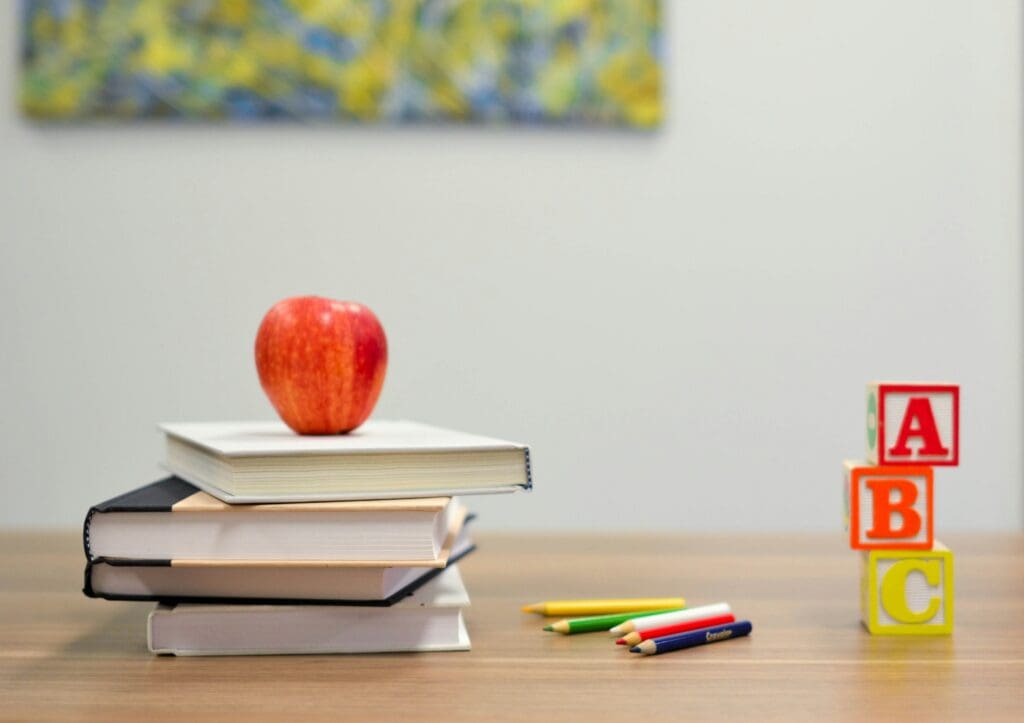
As the new school year approaches, effective organization of school supplies and materials becomes a priority for both students and parents. A well-structured approach can enhance productivity, reduce stress, and create an optimal learning environment. The first step in this process is creating a comprehensive checklist of essential items that will facilitate a smooth transition into the academic year. This checklist should include fundamental supplies such as notebooks, pens, pencils, highlighters, rulers, binders, and any specific items required for particular classes.
Once the checklist is completed, the next logical move is to plan a shopping trip. During this phase, look for deals and discounts offered by various retailers, especially during the back-to-school season. Many stores offer substantial savings on bulk purchases, which can be particularly beneficial. Moreover, consider utilizing digital platforms, as they often provide additional coupons or cash-back options, further reducing costs. Sorting through supplies at home to identify reusable items like binders or backpacks can also promote sustainability while saving money.
After acquiring the necessary supplies, organizing them systematically is crucial for maintaining order. Designating a dedicated study space assists greatly in this regard. This area should be well-lit and free from distractions, allowing for focused study sessions. Implementing organizers, such as shelves, bins, or drawer dividers, can keep materials neatly arranged, promoting easy access when needed. A labeled system can also facilitate quick retrieval of items, which is particularly useful during busy homework sessions. By taking these steps, students can create an environment that fosters efficient studying and minimizes chaos throughout the school year.
Creating a Back-to-School Routine
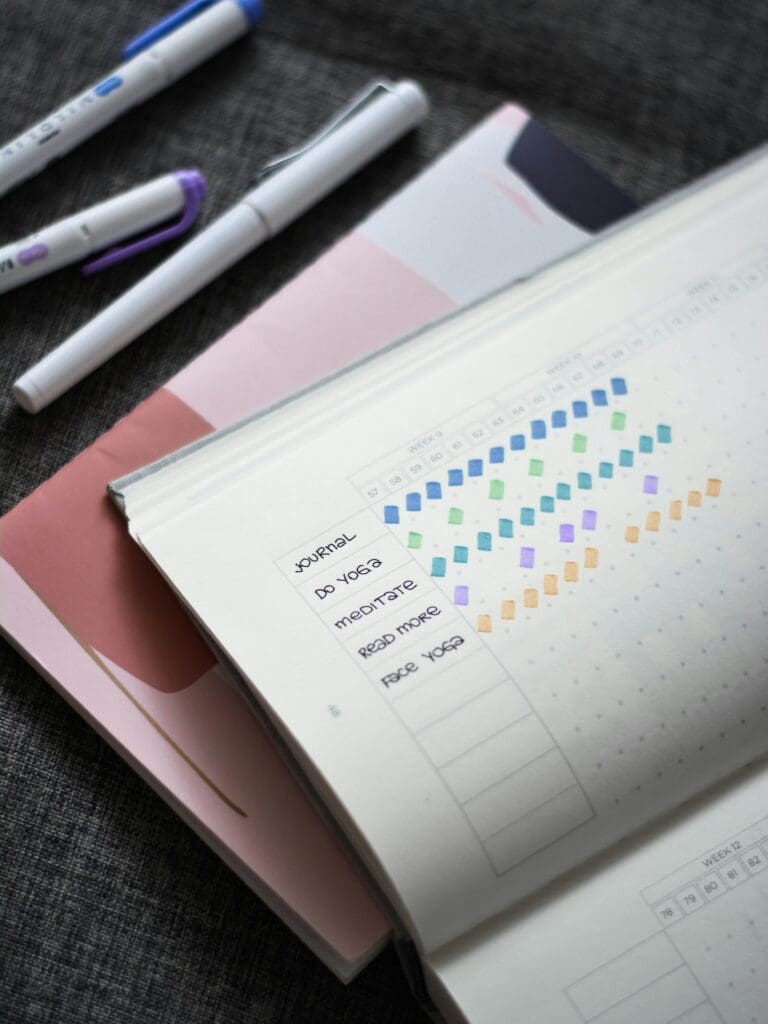
Establishing a well-structured daily routine is essential for students as they prepare for a new school year. A thoughtful routine helps in balancing academic responsibilities, leisure activities, and personal development. It ensures that students are not only productive but also maintain their well-being. To create an effective back-to-school routine, consider including designated times for homework, study sessions, and relaxation.
One of the initial steps to developing a routine is to assess a student’s daily commitments and preferences. An example schedule may involve waking up at a consistent time each day, allowing for a morning ritual that could include breakfast and preparation for school. After school, students can allocate a specific period—perhaps two hours—for homework and study. This dedicated homework time encourages focus and helps to instill good study habits that will benefit them throughout the academic year.
Additionally, it is important to carve out leisure time within the routine. Engaging in hobbies, sports, or family activities can significantly enhance a student’s overall happiness and motivation. A balanced routine should introduce breaks to recharge, which is vital for sustaining long-term concentration during study sessions.
Time management techniques such as the Pomodoro Technique, where work is divided into 25-minute intervals followed by short breaks, can also be beneficial. Utilizing planners or digital calendars helps remind students of their homework deadlines and tests. By setting aside time each week to review and adjust the routine as necessary, students can ensure adaptability to changing schedules and workloads as the school year progresses.
In summary, a well-crafted back-to-school routine lays the foundation for a successful year, aiding students in achieving a harmonious balance between their academic endeavors and personal lives.
Transitioning Back to School Mindset

As the summer break comes to an end, transitioning back to a school mindset can pose various challenges for students. It is crucial to navigate this shift with effective mental preparation strategies to ensure a smooth return to the academic environment. One method to alleviate anxiety is through establishing a structured routine. Setting specific times for studying, completing homework, and engaging in leisure activities can foster a sense of normalcy and predictability, providing students with a framework to build upon as they adjust.
Additionally, fostering a positive attitude is essential during this transition period. Encouraging students to reflect on the enjoyable aspects of school can shift their focus from apprehension to eagerness. For instance, creating a list of subjects or extracurricular activities that excite them may help rekindle enthusiasm for the upcoming year. Incorporating affirmations can further support this positive mindset; repeating phrases such as, “I am prepared for the school year,” can assist in boosting self-confidence and motivation.
Another effective strategy involves developing resilience, allowing students to cope effectively with setbacks. Teaching problem-solving skills and emphasizing the importance of viewing challenges as opportunities for growth can empower students to handle potential difficulties with greater ease. Visualization techniques can also play a role in building confidence. Encouraging students to visualize successful interactions with peers and teachers, as well as achieving academic goals, can help reinforce a sense of preparedness. This mental exercise supports a healthy mindset that is conducive to thriving in the school environment.
In summary, transitioning back to a school mindset involves mental preparedness that encompasses structured routines, fostering a positive outlook, developing resilience, and utilizing visualization techniques. These strategies collectively encourage a smooth reintegration into the academic world, allowing students to approach the new school year with confidence and optimism.
Getting Involved: Extracurricular Activities

Extracurricular activities play a significant role in the holistic development of students, providing avenues for personal growth, social integration, and skill enhancement. These activities encompass a wide range of interests, including sports, arts, clubs, volunteer work, and various interest-based groups. Engaging in such pursuits not only enriches the school experience but also contributes significantly to personal development.
When choosing the right extracurricular activities, it is essential to consider individual interests and strengths. Students should aim to select activities that resonate with their passions, allowing them to enjoy the experience while developing important life skills. For instance, participation in a debate club can enhance communication and critical thinking skills, while joining a sports team can cultivate teamwork and discipline. Moreover, exploring diverse interests can help students discover new talents and foster a sense of identity.
The benefits of participating in extracurricular activities extend beyond skill development. These involvements enable students to form lasting friendships and build a supportive community, which is instrumental in promoting social integration. Through shared experiences and teamwork, students learn the value of collaboration and develop essential interpersonal skills such as empathy and communication.
Despite the numerous benefits, finding a balance between academic responsibilities and extracurricular commitments can be challenging. It is crucial for students to prioritize their time effectively, ensuring that their academic performance remains a top priority. Creating a structured schedule that incorporates study time alongside extracurricular activities can help students manage their commitments efficiently. Additionally, being mindful of one’s limits and avoiding overcommitment is vital to maintain a healthy balance and avoid burnout.
In summary, participating in extracurricular activities is an investment in personal growth and social well-being. By choosing the right activities and balancing them with academic obligations, students can maximize their educational experience while developing valuable life skills.
Building Positive Relationships with Teachers and Peers

Establishing positive relationships with teachers and peers is essential for a successful school year. Strong connections contribute to an enriching educational experience and promote a supportive learning environment. To build effective communication with teachers, it is imperative to approach them with respect and openness. Engaging actively in class, asking questions, and showing genuine interest in their subjects can foster a connection that eases the educational process. Additionally, taking the time to understand their expectations can lead to a beneficial rapport.
When it comes to relationships with classmates, collaboration is fundamental. Group projects are a prime opportunity to enhance peer interactions. Contributing positively to group tasks and valuing others’ opinions creates an inclusive atmosphere. Practicing active listening allows students to appreciate diverse perspectives, which is crucial for constructive team dynamics. Setting clear roles and responsibilities within the group can also minimize misunderstandings and ensure that all members feel valued. Moreover, celebrating successes, no matter how small, can help in nurturing camaraderie among peers.
Overcoming social anxieties, which many students face, is another key aspect of building these relationships. Students can practice techniques such as deep-breathing exercises or positive self-talk to reduce anxiety before social interactions. Joining clubs or extracurricular activities can also provide opportunities to meet new people in a more relaxed setting. This not only fosters friendships but also strengthens the sense of belonging within the school community. Engaging in these social scenarios helps in developing confidence and interpersonal skills, which are invaluable for personal growth.
In conclusion, fostering positive relationships with both teachers and peers plays a pivotal role in creating a supportive school environment. Through effective communication and collaboration, students can navigate their academic journey with assurance and ease, ultimately leading to a more successful school experience.
Using Technology to Enhance Learning

In the contemporary educational landscape, technology plays a pivotal role in enhancing the learning experience for students. Incorporating various digital tools and resources can significantly improve organization and engagement in studies. Educational apps, online platforms, and interactive tools serve as excellent resources to prepare students for a new school year.
One of the most effective ways to enhance learning is through educational apps that promote both skill development and subject mastery. For example, platforms like Khan Academy offer courses on a wide range of subjects, from mathematics to science, providing students with the opportunity to learn at their own pace. Additionally, language-learning apps such as Duolingo can support students in acquiring new languages, making them more prepared for an increasingly multicultural classroom environment.
Moreover, the use of organizational tools is essential in helping students manage their assignments and projects efficiently. Applications like Trello or Todoist enable students to create to-do lists, set deadlines, and track their progress on various tasks. These tools not only enhance productivity but also instill a sense of responsibility in students, aligning with the core objectives of self-directed learning.
Furthermore, online resources such as Google Scholar and academic databases offer students access to a wealth of information that supports research projects and homework assignments. Utilizing these resources aids in developing critical thinking and analytical skills, both of which are essential for academic success.
In summary, the integration of technology in education presents an array of opportunities for students to enhance their learning experience. By leveraging educational apps, organizational tools, and online resources, students can better prepare for the challenges of the school year ahead. Thus, adopting a modern approach to learning will not only make school preparation more effective but also more engaging.
Maintaining Mental and Physical Health
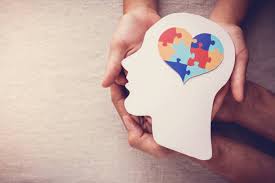
As students prepare to embark on a new school year, the importance of maintaining both mental and physical health cannot be overstated. A balanced approach to health is fundamental in achieving academic success, as it influences cognitive function, emotional stability, and overall well-being. To foster a environment conducive to learning, it is essential that students integrate healthy habits into their daily routines.
Nutrition plays a critical role in sustaining energy levels and enhancing concentration. A well-balanced diet, comprising a variety of fruits, vegetables, whole grains, lean proteins, and healthy fats, not only fuels the body but also supports cognitive performance. Students should aim for regular meals and healthy snacks to avoid energy dips that may hinder their focus and motivation throughout the school day.
Physical activity is another cornerstone of maintaining health during the academic year. Engaging in regular exercise—whether through team sports, dance, or simple daily walks—can boost mood, alleviate stress, and improve focus. The goal should be to incorporate at least 30 minutes of moderate exercise most days of the week, which contributes significantly to overall wellness.
Good sleep hygiene is crucial for optimal mental health as well. Adequate sleep enhances memory, learning, and emotional regulation. Students should establish a consistent sleep schedule, aiming for 7-9 hours of uninterrupted sleep each night. Creating a calming pre-sleep routine can further facilitate better quality rest and recovery.
Lastly, effective stress management techniques are vital for navigating the pressures associated with school. Practices such as mindfulness, meditation, or even simple breathing exercises can provide students with the tools to cope with anxiety and stressors. By prioritizing these approaches to mental and physical health, students can create a solid foundation for a successful and enriching school year.


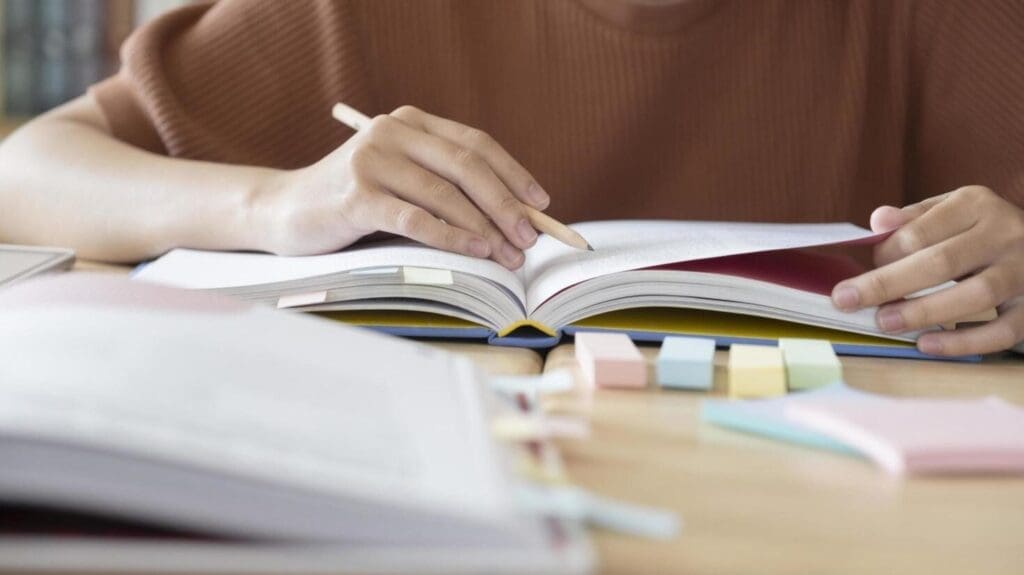
Pingback: Transform Yourself Over summer break:8 things before back to school
Pingback: 7 Glow Up Tips to Look More Attractive This School Year